


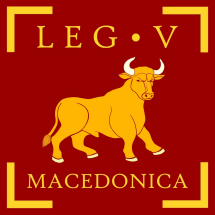
Select Language:
Новости легиона
| 11 april 2021 | |
Кем были кельты? С поселениями, простирающимися от Ирландии до Турции, эта культура железного века использовала свои навыки обработки металлов для создания обширных торговых сетей с Древней Грецией и Римом. Около устья реки Рона 2600 лет назад греческие торговцы основали колонию под названием Массилия (Massilia и Massalia), сегодня это французский город Марсель. Отправляясь вглубь страны по долине Роны, эти торговцы встретили людей, которые говорили на языке, который не знали греки. Управляемые богатыми вождями, с предметами роскоши, они казались свирепыми и воинственными. Спустя столетие греческий географ Гекатей Милетский (Гекатей из Милета) дал им имя - Келтой, переведенное римлянами на латынь как Кельты. Сегодня слово «кельтский» олицетворяет множество вещей: стиль современных украшений; шрифт; и эпитет национальной гордости среди людей шотландского, валлийского и ирландского происхождения. Некоторые историки утверждают, что термин «кельтский» исторически бессмысленен. Однако многие историки согласны с Барри Канлиффом, заслуженным профессором европейской археологии в Оксфорде, который считает, что кельтов можно понимать как культуру с общими системами верований и общим языком, на версиях которого до сих пор говорят в Западной Европе, особенно в Ирландия и Шотландия. В этом духе историки теперь рассматривают кельтскую культуру не как единый народ, а как совокупность общих языковых и культурных черт, распространенных среди различных народов железного века, которые глубоко сформировали доримскую Европу. Римские историки, такие как Ливий, опирались на работы более ранних греческих авторов, чтобы описать, как орды кельтов хлынули через Альпы на Итальянский полуостров в V веке до нашей эры. Позже римские полководцы будут прославлять их покорение: в I веке до н. Э. После завоевания Галлии Юлий Цезарь писал: «Мы называем их галлами, хотя на их родном языке они называются кельтами». Хотя период римской империи положил конец военной мощи кельтов, ее присутствие осталось в коллективной памяти Европы. Французские и английские ученые эпохи Возрождения заинтересовались установлением фактов о доримских народах, которые когда-то населяли их земли. В 1870-х годах археологи были очень взволнованы тем, что раскопали в северной Италии предметы, явно кельтские по дизайну и подтверждающие рассказы классических авторов о кельтах, вторгшихся в Италию с севера около 450 г. до н.э. Ученые смогли идентифицировать эти артефакты как кельтские благодаря раскопкам впечатляющего места в Австрии за несколько лет до этого. Найденные там предметы послужили ключевыми частями, с помощью которых ученые могли начать собирать кельтскую головоломку. Статья на английском языке https://www.nationalgeographic.co.uk/history-and-civilisation/2021/04/who-were-the-celts BY BORJA PELEGERO PUBLISHED 10 APR 2021, 06:13 BST #ДревнийРим #античность #кельты #история #источники #Древний_Рим #Марсель #Ирландия 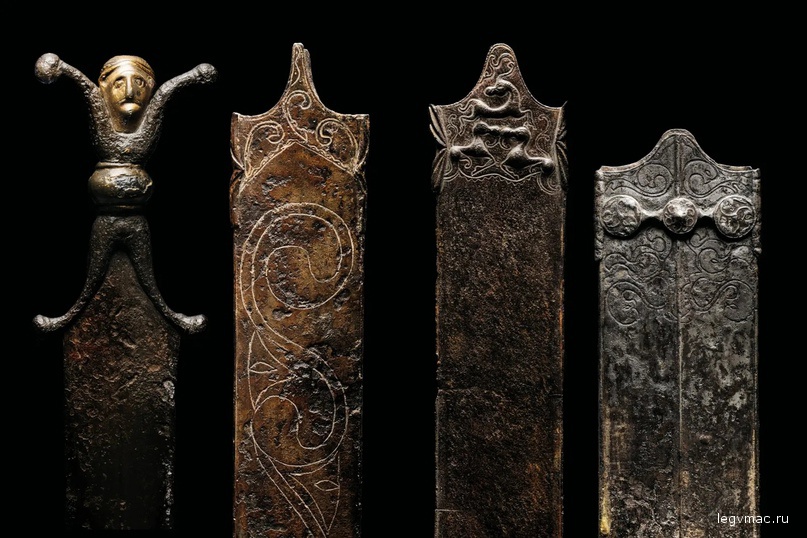 These iron and bronze scabbards were found in Switzerland, the product of the Celtic civilization known as La Te?ne. Emerging in the fifth-century b.c., aspects of the La Te?ne culture spread to western Europe and are closely associated with modern notions of Celtic patterns and style. PHOTOGRAPH BY BERTHOLD STEINHILBER/LAIF/CORDON PRESS  Mining and selling salt was central to the flowering of Celtic culture in Hallstatt (located in modern Austria) during the Iron Age. PHOTOGRAPH BY ILLUSTRATION BY SAMSON GOETZE 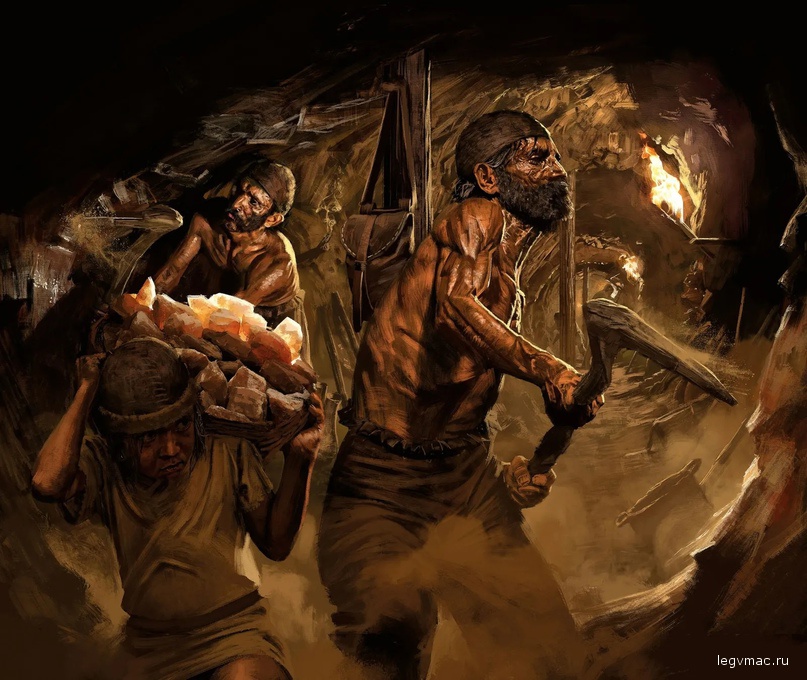 Salt was a vital part of the livelihood for people who lived in the mountains around Hallstatt for millennia: The nearby city of Salzburg (“salt castle”) is even named for it. In the Bronze and Iron Ages, the mineral was extremely valuable for its ability to preserve fish and meat. At Hallstatt and Du?rrnberg, around 40 miles away, salt was extracted via shafts 650 to 1,000 feet deep, lit by torches and reinforced with timbers. In addition to being the type site of a whole civilization, the miners’ cemetery at Hallstatt also yielded clues about what workers wore and carried, as their tools were often buried alongside them. PHOTOGRAPH BY ILLUSTRATION BY SAMSON GOETZE 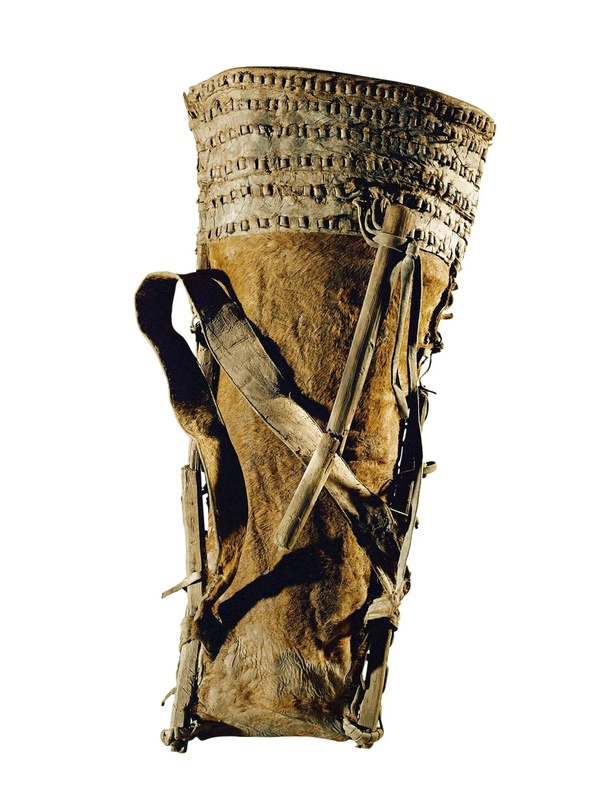 Made from cowhide and wood, this hod- style bag dates to the tenth or ninth century B.C. PHOTOGRAPH BY ERICH LESSING/ALBUM 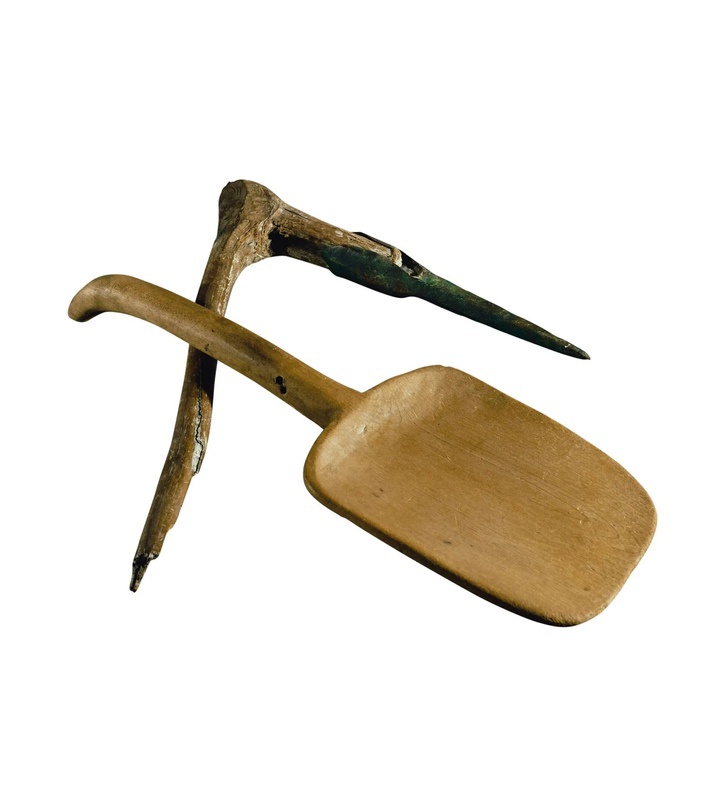 Wooden shovel and bronze pick with a wooden handle used by miners. Tenth or ninth century B.C. PHOTOGRAPH BY ERICH LESSING/ALBUM  Bronze cuirass Hallstatt culture, CA 600 B.C., Slovenia. PHOTOGRAPH BY BPK/SCALA, FLORENCE 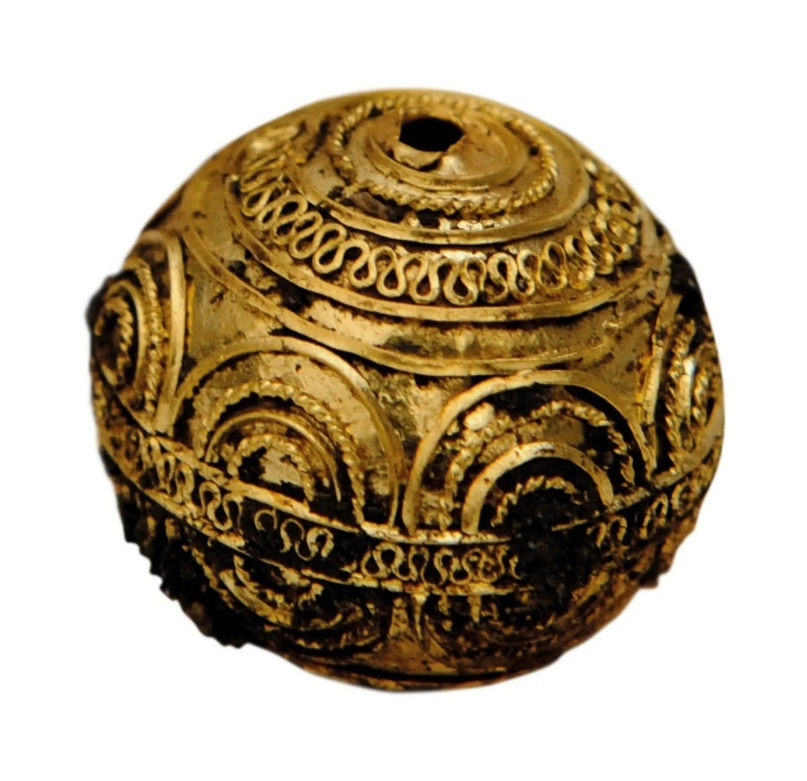 A tiny gold sphere decorated with filigree belonged to a gold-and-amber necklace found in the tomb of an elite woman at the site of Bettelbu?hl in southwestern Germany. PHOTOGRAPH BY ALAMY/ACI 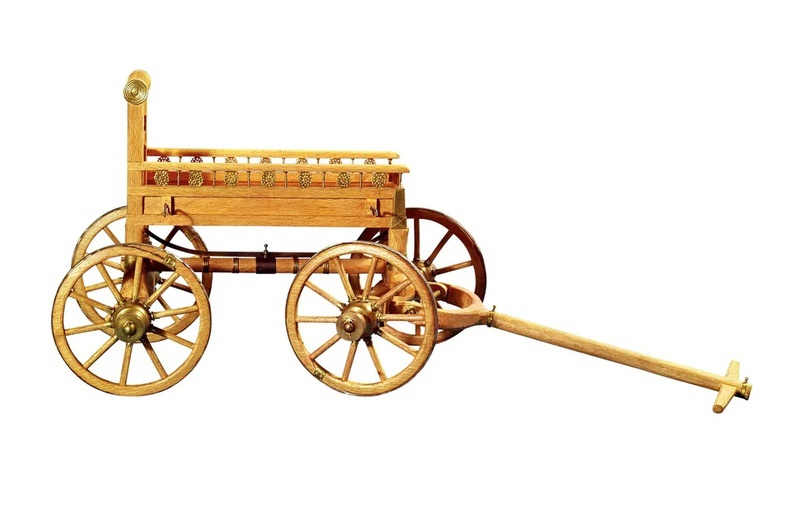 This is a reconstruction of the funeral carriage on which the body in the Vix burial was laid. Its four-wheeled design is a Hallstatt trait. The La Te?ne civilization, just emerging, preferred two-wheeled models. PHOTOGRAPH BY AGE FOTOSTOCK 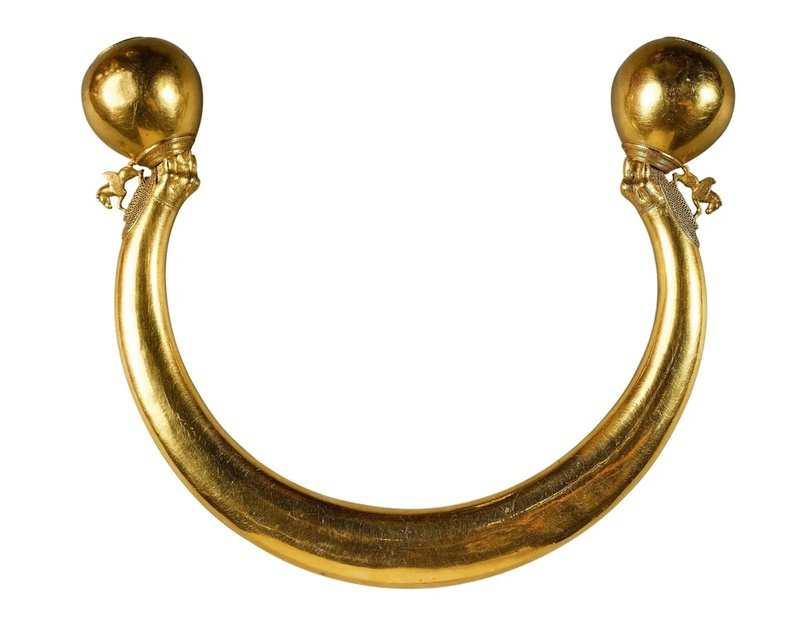 Closely associated with Celtic style, this torque (neck ring) is decorated with two winged horses. PHOTOGRAPH BY AGE FOTOSTOCK 23268 | |


